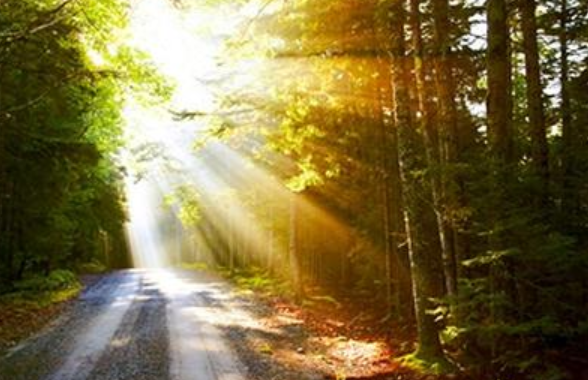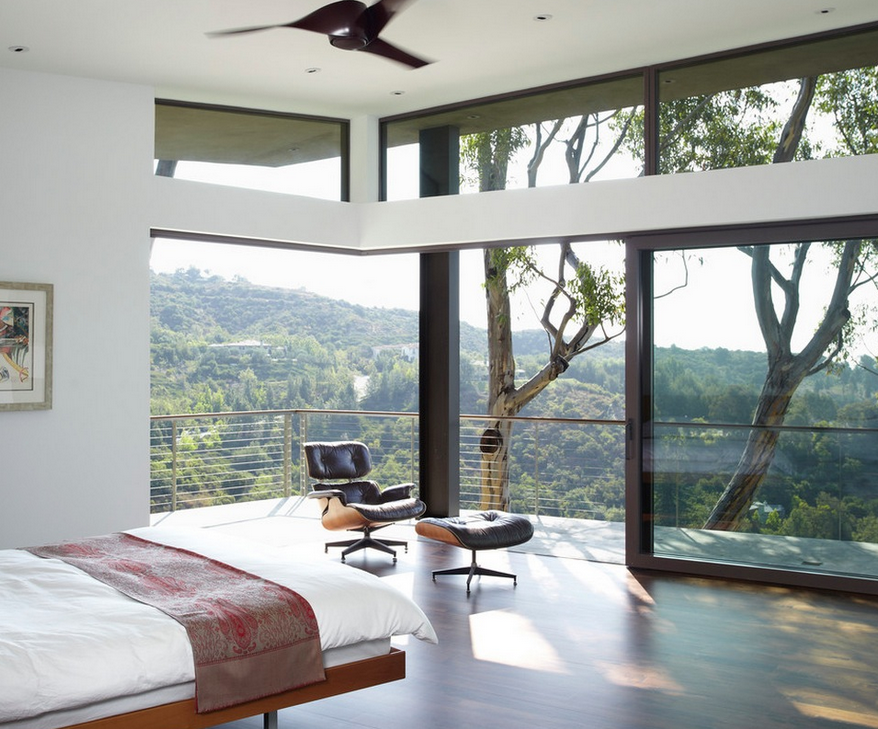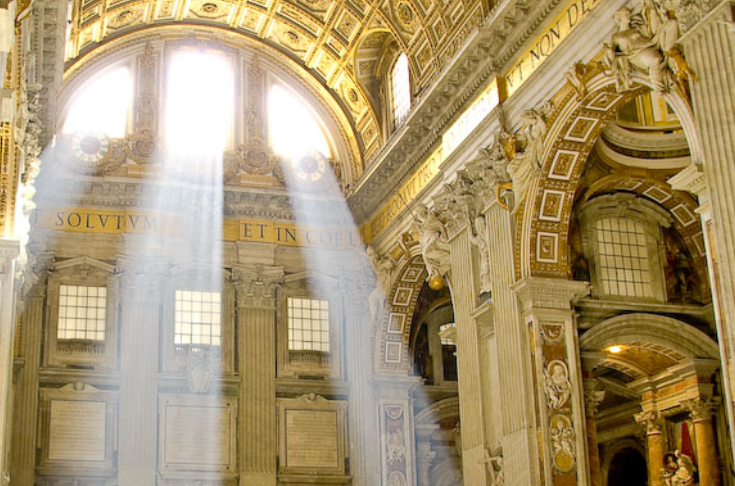Inspiration is Everywhere!
Posted on March 14, 2016Inspiration is everywhere
One of my favorite questions to ask lighting designers is “Where do you find inspiration?”. As a designer myself, I can answer this question both simply and complexly with a one word answer – everywhere.
I can say this because I look at lighting as a natural occurrence rather than a technological creation. Light is everywhere. This seems like a no brainer, right, I mean, come on, of course light is everywhere. How else would we see? However, there is a more subtle reality at work here. Stick with me while I try to explain myself.
Think about natural light and what it is comprised of. The sun produces a vast spectrum of energy, of which a small sliver of that is visible light. Of that sliver, our eyes manipulate it in such a way as to allow our brains to dissect it into a visual representation that we can see as either colors, or a variation of white light. I say a variation because as we know, there are several different flavors of white light in nature. Think about this as well, what is the obsession with natural light. Why is it that several blog posts and Lighting Insights deal directly with natural light rather than manufactured light? Basically, it is because I firmly believe that we as humans are designed to see natural light as the energy that it is. Our brains crave it. We crave full spectrum light! Science has proved that sunlight produces vitamin D, which is an essential part of our vitamin consumption. Beyond that, natural light is the best inspiration to look to for us as lighting designers. Nature provides us with the most amazing canvas of colors on a daily basis. When you are done reading this, get up from your computer and go outside and look at the building that you just came out of. Look at how shadows fall across the windows or under the trees. Look at the way that the light is refracted off of a lake or even a puddle in the parking lot. All of this is simple ways of seeing inspiration for design.

Now, let’s take another step. This one is pretty cool. Go into a room in your home that gets the best sunlight. Turn on all of the lights and close the shades. If you are like me, you are in the process or have changed out to LED light bulbs (that’s right, I said light bulbs, not lamps, deal with it). Take a look at the paint colors on the walls. They are going to look a certain way based on the color temperature and makeup of your indoor light source. If you are using incandescent, your spectrum is pretty wide, if you are using CFLs (Compact Fluorescent Lights), the spectrum is pretty narrow, and if you are using LEDs, then again, the spectrum is pretty narrow, but will still look better than the CFLs. Take a good look at the walls, the furniture, the floor coverings and whatever else is in the room. Remember the colors. Now shut off the light sources in the room and open the shades. You will notice that the colors in the room look completely different now. If it is a cloudy day, they might look less vibrant, if it is a sunny day, more vibrant. Why is this important? Because natural light is reality, and reality never lies. Our lighting design should be based on natural light where ever possible. It is our job to try to re-create these kinds of colors so that our shows mimic what our eyes crave.

So, last night I was at Church. My son sings in the choir, so I sit as close as I can to where he sings. Mass started at 5:00 PM and my seat faces the south stained glass windows. And I am of to the side and slightly behind the alter. Our church is set up in the round with the alter centered. About 15 minutes into the mass the sun shone through that glass like the ultimate single source directional light that it is. It illuminated that glass and every single color in it. There are reds, greens, blues, yellows, and every shade in between in the glass, and they all projected at once on the alter and choir. But it was not just the light that was produced; it was the shadows as well. Looking at the vestments of the priests and how the light and dark worked together to create dimension looked like something that you would see in a renaissance painting. The fact that it overpowered the house light and created so much dimension and drama was amazing. Not because it was Church and it was some kind of sign, but because it was inspiring to me and a look that I would love to attempt to reproduce. What was even better, was the fact that the clouds would occasionally diffuse the sun and mute the window to allow the houselights to take over again, which added to the effect. It was really something to see. I was tempted to take photos, but I knew that they would not do justice to how my eyes saw it. Anyway, it was very cool. This is one of the reasons that I find the natural light inside churches to be one of my favorite inspirations in lighting.

What are the takeaways’ from this? Well, you could say that I have an un-natural obsession with natural light, or you could get up and see how natural light could influence your design style for yourself. Either way, I hope that you do get up and go look around and see what inspires you and think about it the next time you are making layers of light. Using multiple colors to light a stage, or people is totally natural. Using different levels of light in your front, side, and back lights is perfectly acceptable since natural light is anything but flat
Let this thought rattle around inside your brain for a bit….Is natural light the composition of the visible spectrum, or does the visible spectrum come together for us to create the white light that our brain sees?